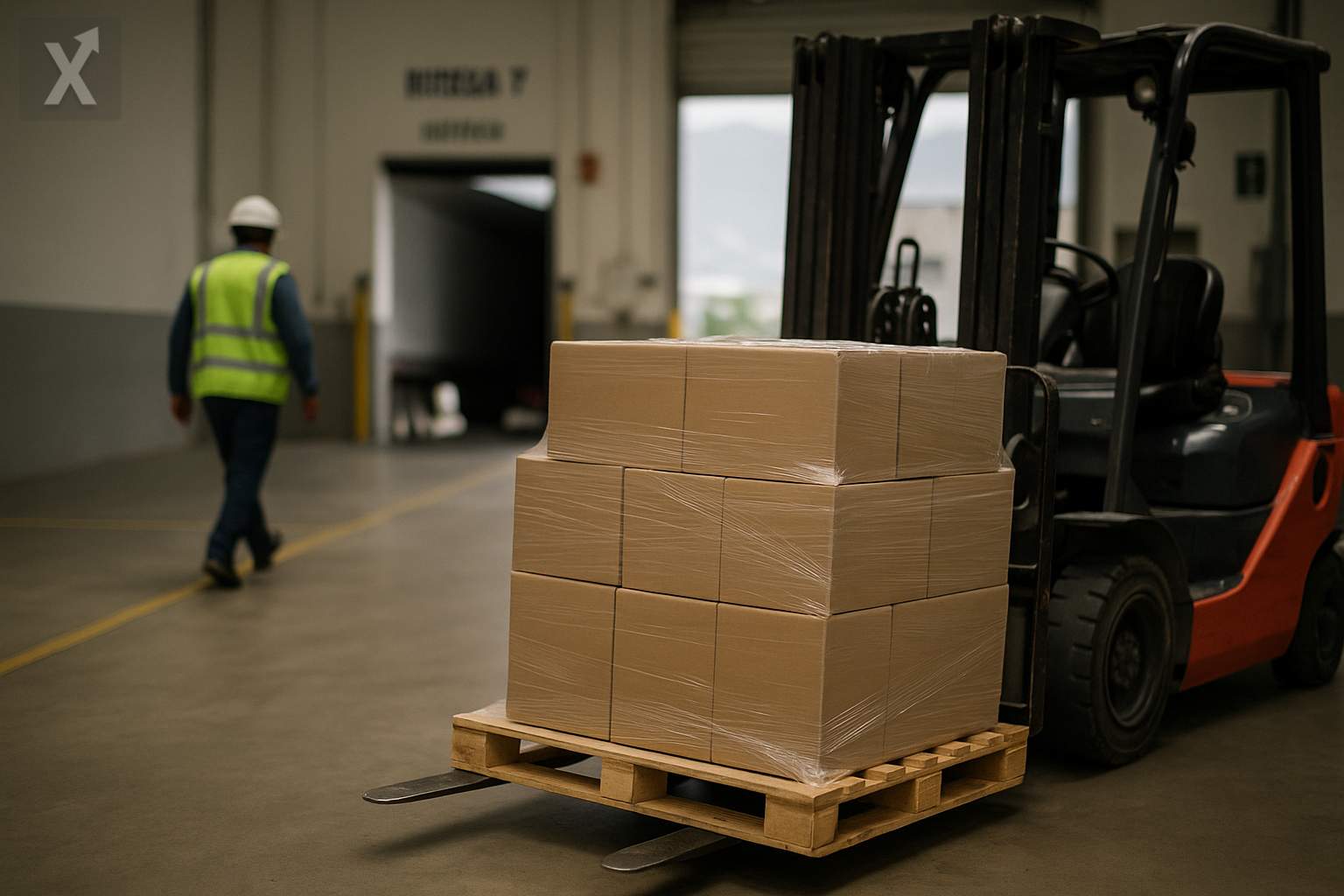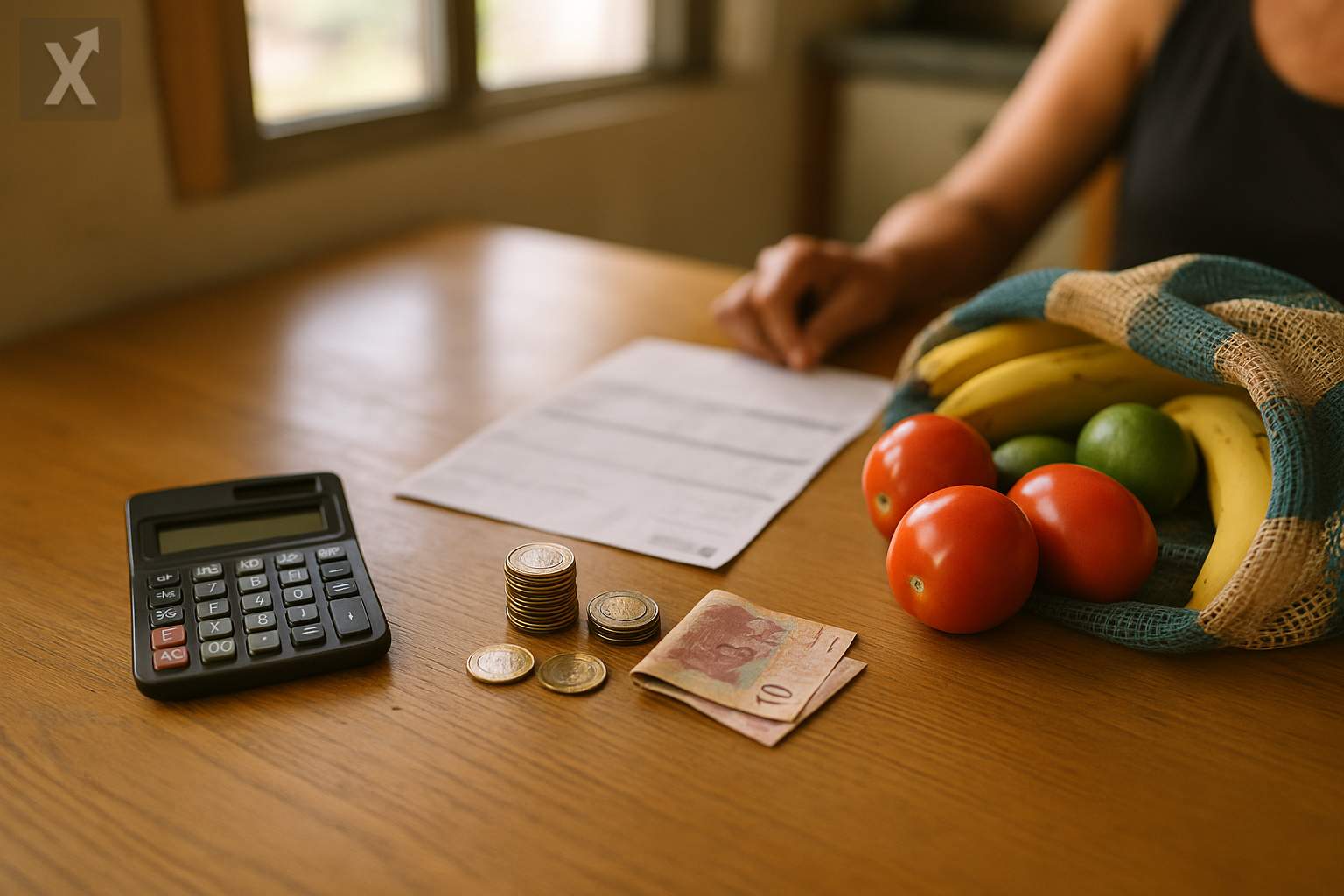Annual Inflation in Mexico Slows to 3.55% in the First Half of July 2025

Inflation in Mexico recorded a year-over-year increase of 3.55% during the first half of July 2025, a figure lower than the 3.64% estimated by analysts. According to the report from the National Institute of Statistics and Geography (Inegi), during the reference period, the biweekly increase was just 0.15%. This trend reaffirms the ongoing slowdown in price growth nationwide, placing inflation within the target range set by the Bank of Mexico—3% plus or minus one percentage point.
Despite this generally positive result, core inflation—which excludes items with volatile prices such as fresh foods and energy—remains elevated. This index saw a year-on-year increase of 4.25% and a biweekly rise of 0.15%, reflecting persistent pressures in sectors such as services, where prices rose 0.24% compared to the previous period. Among the goods and services that contributed most to inflation were eggs, air transportation, fast food restaurants, and owner-occupied housing.
By contrast, non-core inflation, which covers agricultural products and energy, posted a year-over-year increase of just 1.24%. This is significantly lower than the 10.64% rate recorded during the same period last year, mainly due to greater stability in the prices of basic goods and energy in recent months. Some products that saw price declines were chicken, grapes, and diapers.
This inflation dynamic is influenced by both domestic and international factors. On one hand, the moderation in prices is linked to a less volatile global commodities market and domestic demand that, while still strong, is showing some slowdown after the vigorous activity seen at the end of 2024. Additionally, the restrictive monetary policy enacted by the Bank of Mexico has helped contain inflationary pressures, although rising prices in some service sectors indicate that risks still remain.
With headline inflation within target and core inflation still above the upper limit of the range, analysts expect the central bank to maintain a cautious stance on interest rates. Future decisions will largely depend on how service prices evolve and the potential for shocks in agricultural goods prices in the coming months, especially as the global economy shows signs of slowing down.
In summary, inflation in Mexico continues on a path of moderation and is currently below expectations, although the continued increase in core inflation suggests that the disinflation process still faces challenges. Monetary authorities and economic agents will remain attentive to both domestic and international price developments to determine the course of economic policy for the second half of the year.






